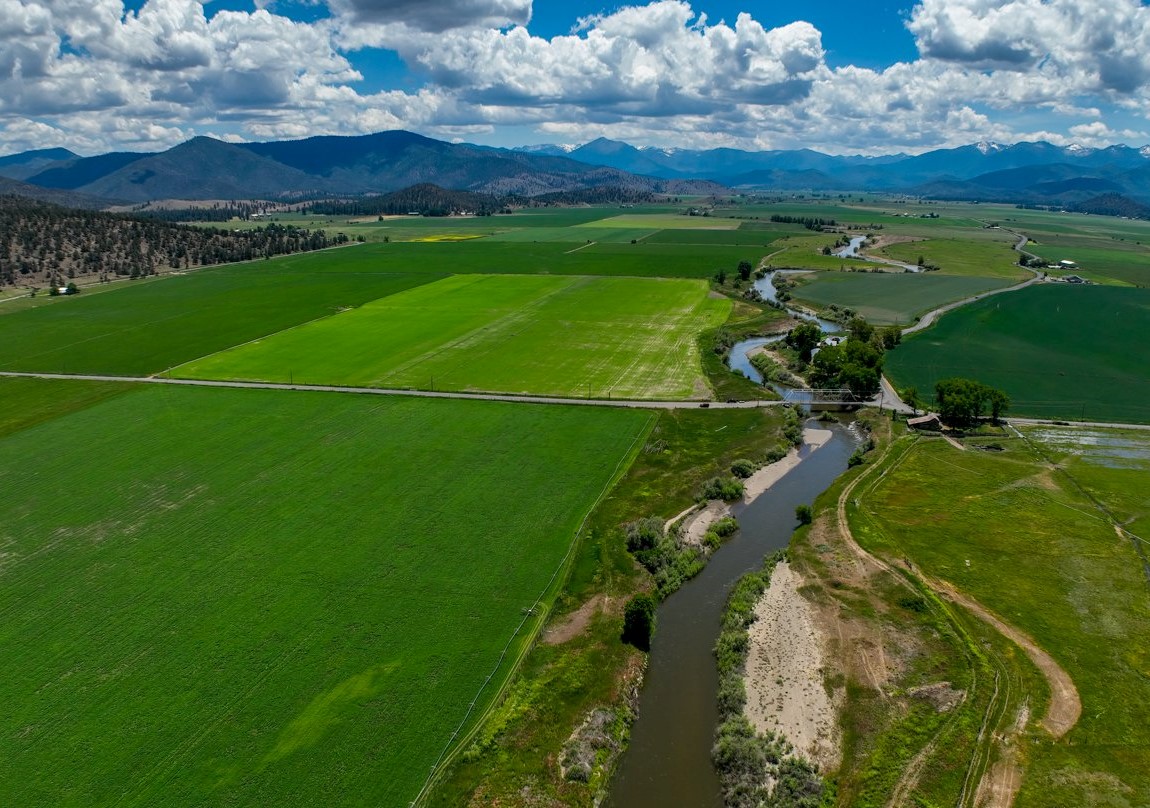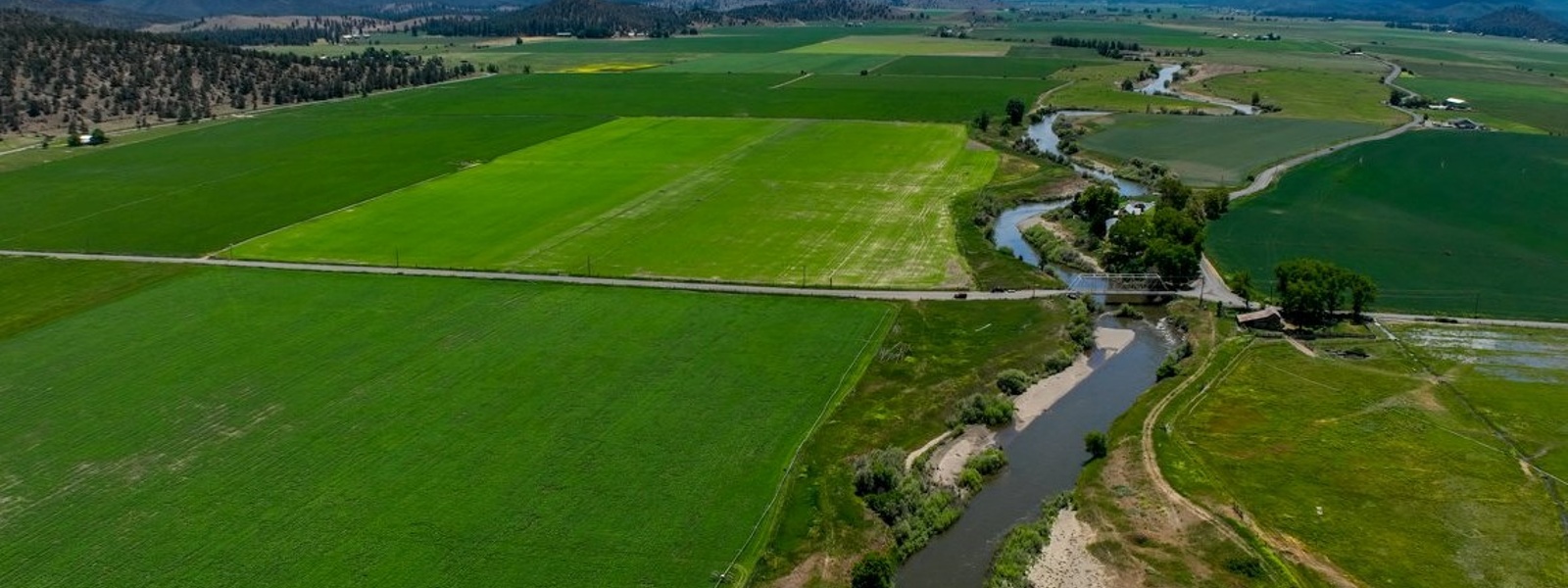Farmers, tribes weigh in on river flows for salmon

photo / credit Scott Valley Agriculture Water Alliance

By Christine Souza
Farmers, ranchers, tribal members and others who rely on water from the Scott River and Shasta River watersheds turned out last week to offer insights to state officials considering an emergency regulation to set minimum flows on the tributaries.
The gathering at an informational workshop on Oct. 6 in Sacramento came in response to a July 1 petition by the Karuk Tribe, which asked the California State Water Resources Control Board to use its emergency powers to set permanent minimum instream flows to prevent the extinction of coho salmon.
In August, the water board directed staff to return with a plan to adopt interim flow measures to support salmon. It also asked farmers, tribes and other interested parties to work together to develop plans for long-term restoration of the salmon fishery.
Yurok Tribe senior biologist Michael Belchik offered details about the state of the fishery in the Scott River and Shasta River. He noted the Yurok Council this year “decided to cancel the entire fishery” due to low population numbers.
“It was the first time since time immemorial that nobody was fishing on the river,” he said.
Agricultural representatives talked about impacts felt by farmers and ranchers during the past few years of drought and emergency curtailments.
Curtailment of water rights in the two Klamath River tributaries has been in place since May 2021 when Gov. Gavin Newsom declared a drought emergency. Though the drought is over, the curtailment order continues. It limits surface-water diversions and groundwater pumping, while prioritizing minimum flows to protect threatened coho and other fish.
“We have belly-scraping years, too, and there’s been quite a few of those lately. These dry years—they’re hard on all of us,” said Scott Valley rancher Theodora Johnson, a founder of the Scott Valley Agriculture Water Alliance. “We can’t always just keep turning down the dial on agriculture and expect us to survive. I hope everybody’s keeping that in mind as we look at all these different scenarios.”
Gary Black, a restoration and conservation consultant who farms along the Scott River, said “the agricultural community in both watersheds is very serious about the condition of fisheries, and our responsibility and role of those fisheries.”
He added, “What’s happened over the last 25 years of farming with salmon is we’ve become very educated about what fish need.”
National Oceanic and Atmospheric Administration fisheries biologist Jeff Abrams described stressors to salmon and steelhead, including poor water quality and flow barriers. He told workshop participants the National Marine Fisheries Service “recommends flows return to a more natural hydrograph that aligns with life history requirements and supports our parameters for healthy coho, chinook and steelhead populations.”
Participants in the workshop discussed “local cooperative solutions,”known as LCS, that have allowed water rights holders the opportunity to propose alternatives to curtailments under the drought emergency regulation.
Black suggested that the state base flow reduction levels on water-year type and encouraged the agency to offer producers other options, such as a bigger shift to early-season irrigation. Instead of ordering cuts in agricultural pumping, Black said officials could require a percentage of acres stop receiving irrigation after a certain point in the season, similar to past LCS measures that have included 30% cuts in groundwater consumption.
Black also asked that a restriction on stock water be eliminated if fishery needs are met.
“Water rights holders in the Scott and Shasta valleys would like to see some changes to the regulations, but we’re not proposing a total rewrite,” Black said.
Siskiyou County farmer Brandon Fawaz of Etna said he has some ideas that might work better than the LCS that is part of the existing drought emergency regulation.
“In my personal LCS, I have about 400 acre-feet of water available in September. It would make sense to have the option to move that to earlier in the year,” Fawaz said. “If I want to use it in July or June, let me do that. That could be a fine-tuned tweak that would make it better.”
To assist with his farm water management, Fawaz said he subscribed to private services that provide remote-sensing data of his fields.
The workshop included discussion of OpenET, an online platform that uses satellites or remote sensing to estimate on-farm water use. But Fawaz said the technology is not ready.
“OpenET shows more water use on that field in 2022, when it was dried up and killed, than it does prior to that when it was irrigated,” he said. “This is not a tool that can be used today to help regulate us or to guide other interests in their goals.”
Others spoke of the need to work together on solutions.
Sari Sommarstrom, a retired watershed consultant and a founder of the Scott Valley Agriculture Water Alliance, provided fish population data for the Scott River. She suggested that different interests relying on the watersheds use shared fact-finding methods. “If we can’t get to the same type of expectations, we’re never going to get to success as a group, which is what problem-solving is about,” she said.
Fawaz also called for cooperation. “I don’t know how to craft a regulation, and you don’t know how to run a farm,” he said, “so we’ve got to figure out how to kind of marry those two together.”
Erik Ekdahl, state water board deputy director of water rights, said he looks forward to engaging further. He said staff will compile the information and feedback and develop a timeline for next steps.
In the coming weeks, he said the board would like to meet for an in-person session in Siskiyou County.
(Christine Souza is an assistant editor of Ag Alert. She may be contacted at csouza@cfbf.com.)




